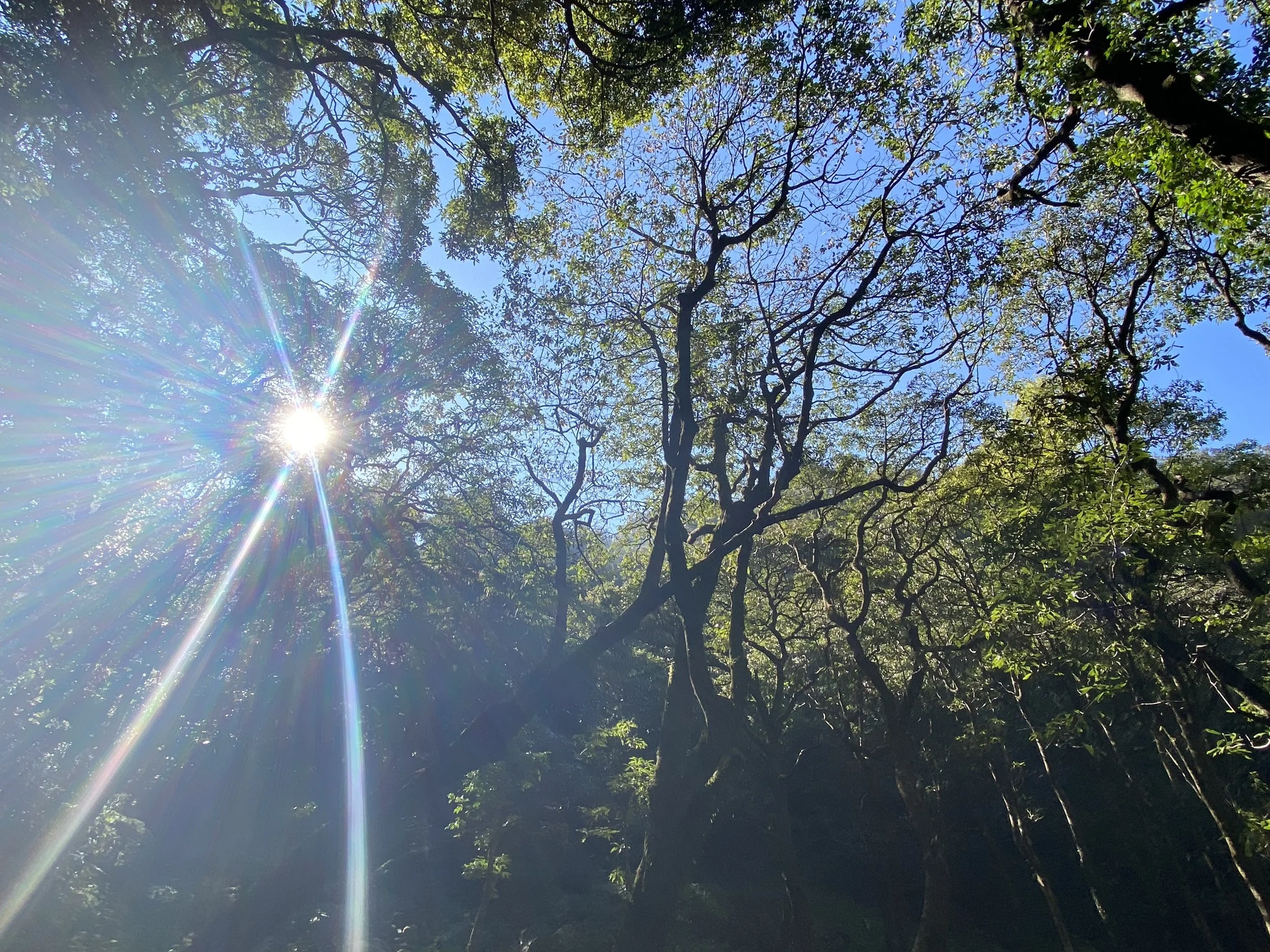“Revolutionary literature requires revolutionary politics”: An Interview with Meena Kandasamy
Acclaimed author Meena Kandasamy discusses the uncompromising and unapologetic resolve in her writing, confronting violence with art, and why activism is a form of love. By Saurabh Sharma
The Storm and the Storyteller: Arundhati Roy’s MOTHER MARY COMES TO ME
Through her memoir, Arundhati Roy revisits the foundry where her courage was forged, to the mother who didn’t prepare her for success, but inadvertently trained her to withstand both adoration and hatred to determine her survival. By Amritesh Mukherjee
The Pendant of Exile and Inherited Memory: How the Dejhoor Chronicles the Passage of Kashmiri Pandit Women
The dejhoor had been an ornament for Kashmiri Pandit women for thousands of years, narrating a story of continuity under pressure, womanhood refracted through history, and identity surviving the corrosion of displacement. By Prerna Bhat
Innocence Lost: Sarvesh Wahie’s Poetic Lament for Mussoorie
Written with understated, sublime beauty, Sarvesh Wahie’s Mussoorie Daze (2025) is a literary and philosophical text that examines the ontology of a lost Himalayan paradise, and the changing character of memory, self, solitude, and community. By Abhimanyu Kumar
Hymns for Longing and Loving
Poems by Agni Barathi: ‘What impossible simile / will suffice, my love, / to sing of my real, utter ruin?’
The Curious Case of Tripti Dimri
Tripti Dimri has become the newest face of self-made stardom, paving her professional path with roles ranging from complex feminist heroines to objectified ‘items’ for the male gaze. With her career at a tipping point, can she avoid the industry’s pitfalls and rise to the apex? By Sneha Bengani
House of Dreams: Two poems by Junaid Ahangar
Poetry: ‘Things lying around, still, cautious / Tell-tale signs, of nothing / Butter, a knife and a pen / A diary of poems now lost’
The Bridegroom
Fiction by Ranu Uniyal: ‘Like old times, they each sit in their own shells. Unable to communicate. Unable to speak. Like old times their eyes still search for each other in familiar spots. Somehow, they never meet.’
Reble Is Coming for the Crown
With a handful of fiery singles and show-stealing features, Shillong-based Reble is on the cusp of becoming a force in Indian hip hop—and your favourite rapper’s favourite rapper. By Karan Madhok
you and me, as flesh
Poem by Maansi Sharma: ‘the rabbit on my foot, startled like the river, / coursing through the bed, giggling at our feet. / there is soup and bread and tea and honey for the quiet ache. / we don’t need to eat god for breakfast.’
The World and Its Silent Anguish: Four Poems by Meenakshi Jauhari
Poems by Meenakshi Jauhari: ‘It has all been done – she has aged, and arrived, / and, one day, will leave. / Her day passes, and leaves behind no residue. / Her night weaves a starry reality she remembers briefly, for a few / waking moments. Then it too evaporates, leaving no trace.’
Zubeen Garg: Assam’s Cultural Maverick and Timeless Icon
A singer and a passionate lover of humanity and nature, Zubeen Garg’s legacy is not merely a memory, but a living beacon that will inspire Assam’s people and culture for generations. By Anusuya A. Paul












